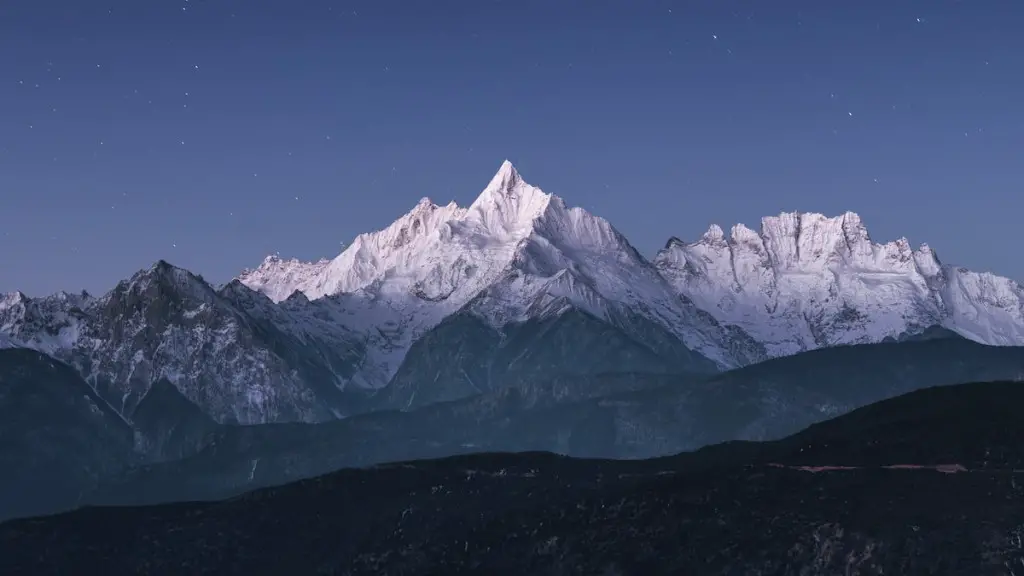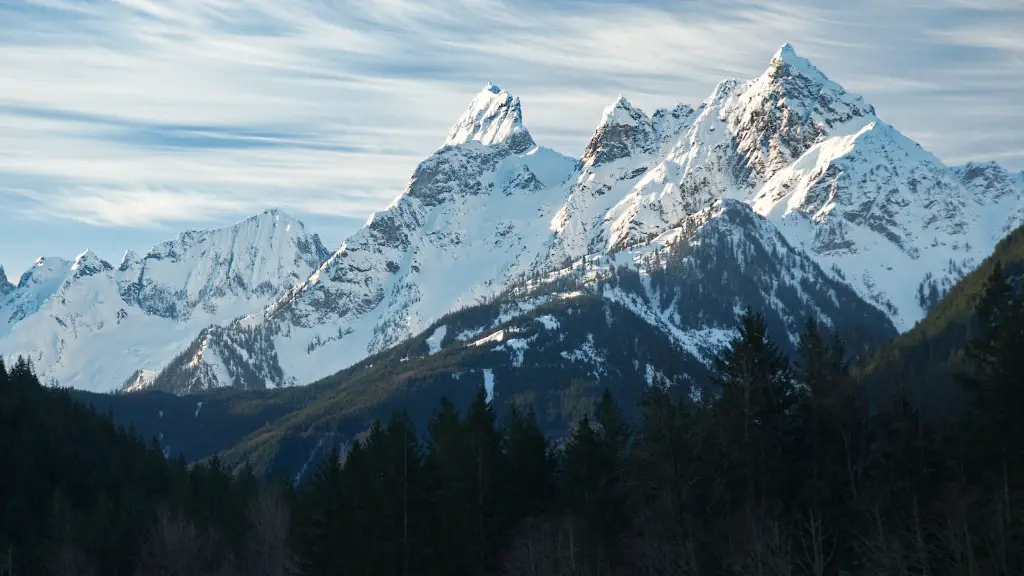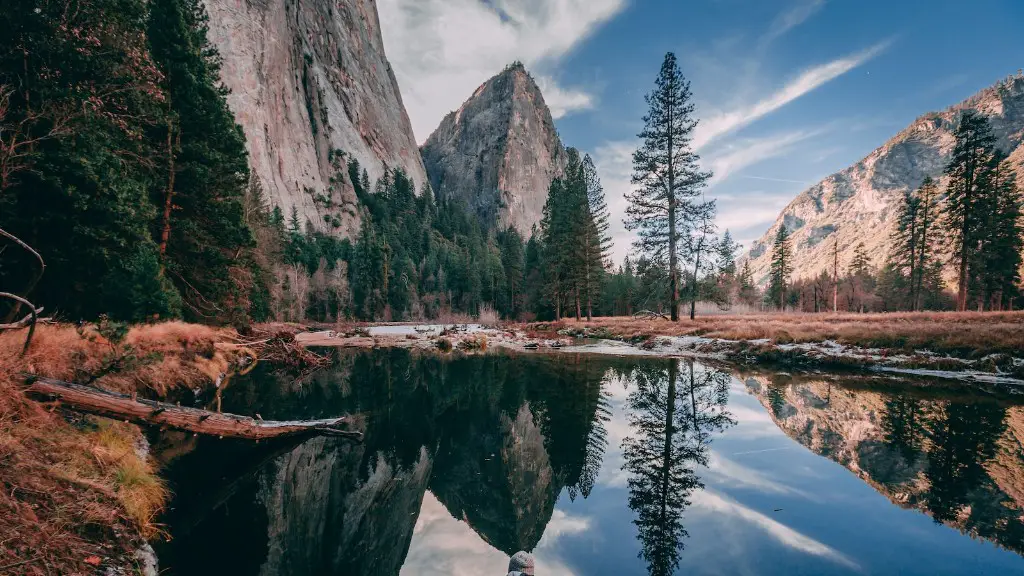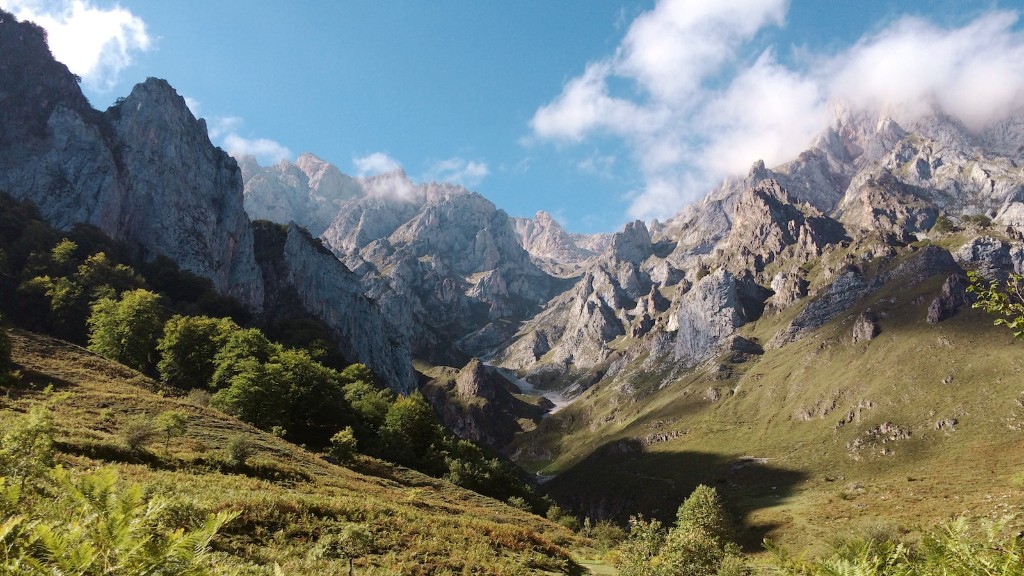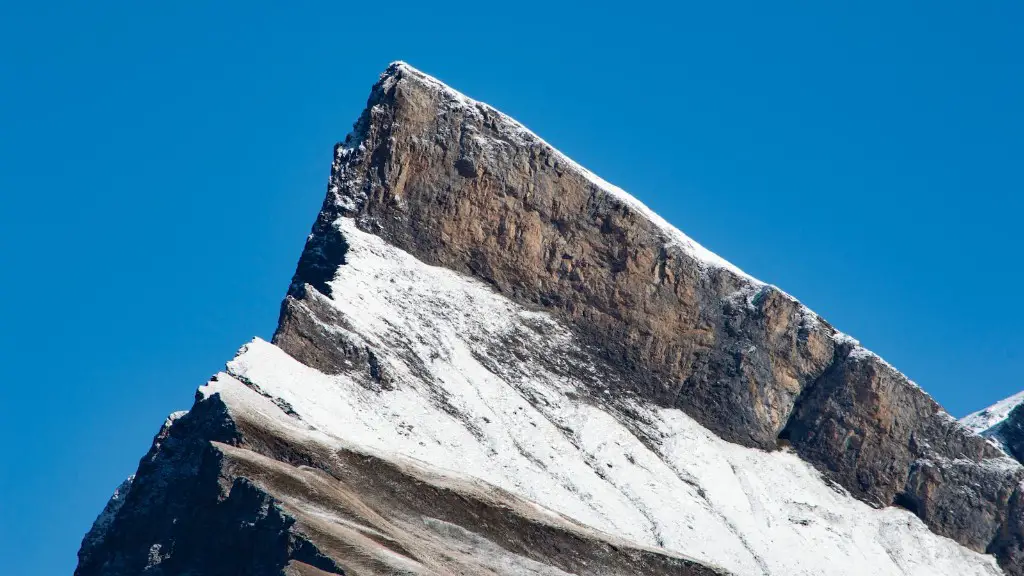Around Mount Fuji, there are many different kinds of landscapes. There are forests, lakes, hot springs, and even a desert. Mount Fuji is a popular destination for hikers and climbers. It is also a popular place for people to enjoy the view of the mountain.
There is a lot to see around Mount Fuji. There are many beautiful lakes, forests and mountains. You can also find hot springs, waterfalls and historic temples and shrines.
What is surrounding Mount Fuji?
Mount Fuji is a very popular tourist destination in Japan. It is the highest mountain in the country and is very beautiful. It is surrounded by four small cities: Gotemba to the east, Fujiyoshida to the north, Fujinomiya to the southwest, and Fuji to the south. There are also five lakes around Mount Fuji: Lake Kawaguchi, Lake Yamanaka, Lake Sai, Lake Motosu, and Lake Shōji. These lakes, and nearby Lake Ashi, provide great views of the mountain.
Fujinomiya is a city located between Tokyo and Kyoto in Japan. It is known for being the closest city to Mount Fuji, which is one of the most iconic mountains in the country. The city is home to a variety of businesses and attractions, making it a popular destination for both tourists and locals alike.
What activities occur on or around Mount Fuji
Mount Fuji is one of Japan’s most popular tourist destinations. The best views of Mount Fuji can be found from the city of Hakone. Hakone is home to many hot springs, and is a popular destination for visitors from Tokyo. The Fuji Subaru Line 5th Station is the starting point for climbers wishing to summit Mount Fuji. The Chureito Pagoda is a popular tourist spot, and offers stunning views of Mount Fuji. The Itchiku Kubota Art Museum is a must-see for art lovers.
Mt. Fuji is home to 37 different species of animals, including the serow and black bears. 100 species of birds make the foothills of Mt. Fuji their home, making it a great place for birdwatching. If you’re booking a Japan tour, be sure to keep an eye out for these animals!
Is Mt. Fuji in the Ring of Fire?
Mount Fuji, Japan’s tallest and most famous mountain, is an active volcano in the Ring of Fire. Mount Fuji last erupted in 1707, and is currently at a moderate risk of eruption. Despite this, Mount Fuji is a popular tourist destination, with over 200,000 people visiting the mountain each year.
The Mount Fuji volcano is considered active and has erupted more than 15 times since 781. However, Mount Fuji has been dormant since an eruption in 1707, and its last signs of volcanic activity occurred in the 1960s. Given concerns about the extensive damage that would be caused by an eruption, Fuji is monitored 24 hours a day.
How close is Mt. Fuji to Tokyo?
To get from Tokyo to Mount Fuji, the most convenient way is a direct highway bus from the Shinjuku Highway Bus Terminal. The journey takes about 100km or 62 miles.
TheJR Tokaido line for Kozu from Tokyo Station is the best way to get to Numazu. The travel time is a little over 2 hours and the train ride is very comfortable. You can use your JR Pass for this journey.
Is Kyoto close to Mt. Fuji
Fuji is the highest volcano in Japan, and the surrounding lakes known as Fuji Five Lakes are about 50 miles (80 km) from Hakone, 100 miles (160 km) from Tokyo, and 250 miles (400 km) from Kyoto.
Aokigahara is a forest on the northwestern flank of Mount Fuji on the island of Honshu in Japan, thriving on 30 square kilometres (12 sq mi) of hardened lava laid down by the last major eruption of Mount Fuji in 864 CE. The forest is dense, with a number of winding trails. It is a popular destination for visitors and hikers, who come to enjoy its beauty. Unfortunately, the forest has also become known as a place where people go to commit suicide.
What are the risks of living near Mount Fuji?
Volcanic ash may cause serious health problems if inhaled. It can also damage crops and disrupt traffic and electrical systems. Buildings may collapse if the ash accumulates too deeply.
If the Tokyo area were to be covered in volcanic ash, it would have a significant impact on the city. The ash would likely cause buildings and roads to collapse, as well as disrupt flights. This would have a major impact on the economy and the city’s infrastructure.
Who owns Mount Fuji
Fujisan Hongū Sengen Taisha is a Shinto shrine located in Fujinomiya, Shizuoka Prefecture, Japan. The shrine is dedicated to the mountain goddess Sengen-sama, who is also known as Fujisan Hongū Sengen Taisha. The shrine dates back to the year 940, when it was founded by the priest Kukai. The shrine is a popular pilgrimage site, and many people visit each year to pay their respects to the mountain goddess.
Bears are not a concern for hikers on Mt Fuji. The rocky, uneven trails and potential for altitude sickness are of greater concern.
Can you spend the night on Mt. Fuji?
There are many different mountain refuges located near the summit of Mount Fuji, each with its own unique amenities and accommodations. Travelers can choose to stay in one of these refuges in order to be close to the summit for an early morning climb to watch the sunrise. Each refuge has different rates and policies, so it is important to research ahead of time to find the best option for your needs.
Mount Fuji is a very important place in Japanese religion. It is often known as Fujiyama or Fuji-San (Mr Fuji). It is worshipped as a god (kami) in Japan and its volcanic activity symbolises the earth, sky, and fire. Thus, plenty pilgrims make the journey to the summit of Mount Fuji either on foot or in the cable car.
Conclusion
Around Mount Fuji, there are many tourist spots such as Lake Kawaguchiko, Hakone, and Shimizu. There are also many outdoor activities that can be enjoyed such as hiking, biking, and camping.
around Mount Fuji there are many different things. There are forests, lakes, and other mountains. It is a very beautiful place
